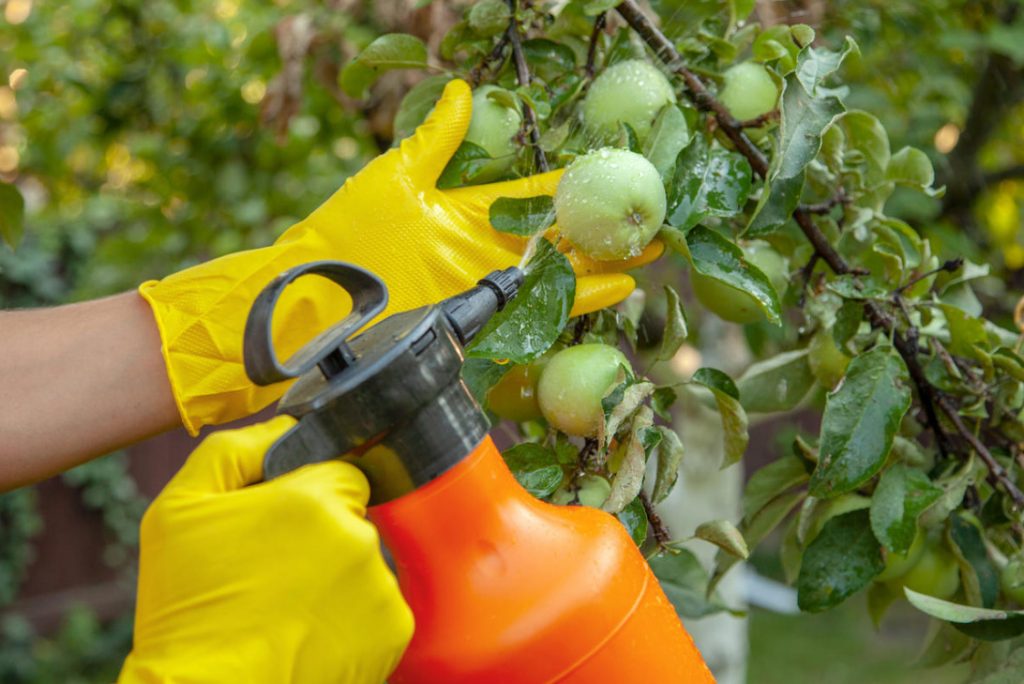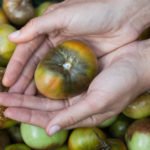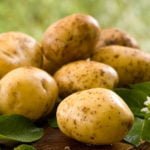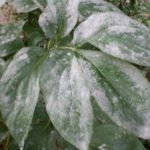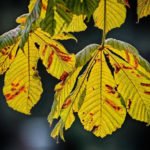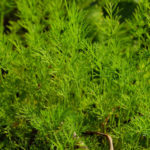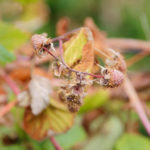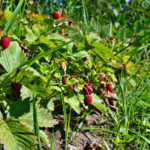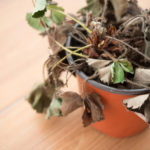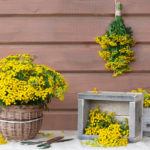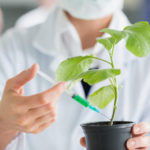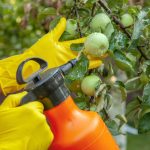Processing conditions
The effectiveness of the drug is much higher if it is used under optimal conditions. For processing, a non-hot, cloudy, windless day is best. It should not rain for at least 5 hours before and after spraying, so that the product does not wash away. Many drugs are complex organic compounds and do not work well when the temperature drops to +10 ° C. Preparations of inorganic origin can work at lower temperatures.

The manufacturer may also recommend using different concentrations of the drug to control different diseases or pests, or they may differ for treatments in different phenophases.
General rule: processing of vegetating plants is carried out at lower concentrations, so as not to burn the leaves, flowers and fruits, and if the drug can be used for processing plants in a leafless state, the dosage in this case is higher.
How to work with drugs — and when to spray the garden
The mechanism of action of different plant protection products may also differ. The drug may be:
- contact (acts directly when hitting the “enemy”),
- intestinal (works when the “beast” has eaten it),
- systemic (absorbed into the plant tissue, making it temporarily inedible or poisonous to pests).
Systemic insecticides are almost the only way to combat pests that lead a secretive lifestyle (for example, inside plant tissues).
Fungicides are divided into organic and inorganic. The latter include copper vitriol — a serious drug that can not be used on leaves, flowers and fruits to avoid chemical burns. Other preparations containing copper have also proved to be good: for mushrooms, this is a strong poison, and they work in a wide range of temperatures. Organic fungicides work only at a sufficiently high ambient temperature — usually not lower than +10 ° C.
Tip: perform timely sanitary pruning-remove and burn all dead and diseased branches, so that they do not become a breeding ground for infection.
Remember that during flowering, almost all treatments are prohibited, since almost all drugs are toxic to bees, and many are also toxic to fish. The only treatment required during flowering is the spraying of stone crops against moniliosis, since the spores of the pathogen enter the plant through the pistil of the flower.
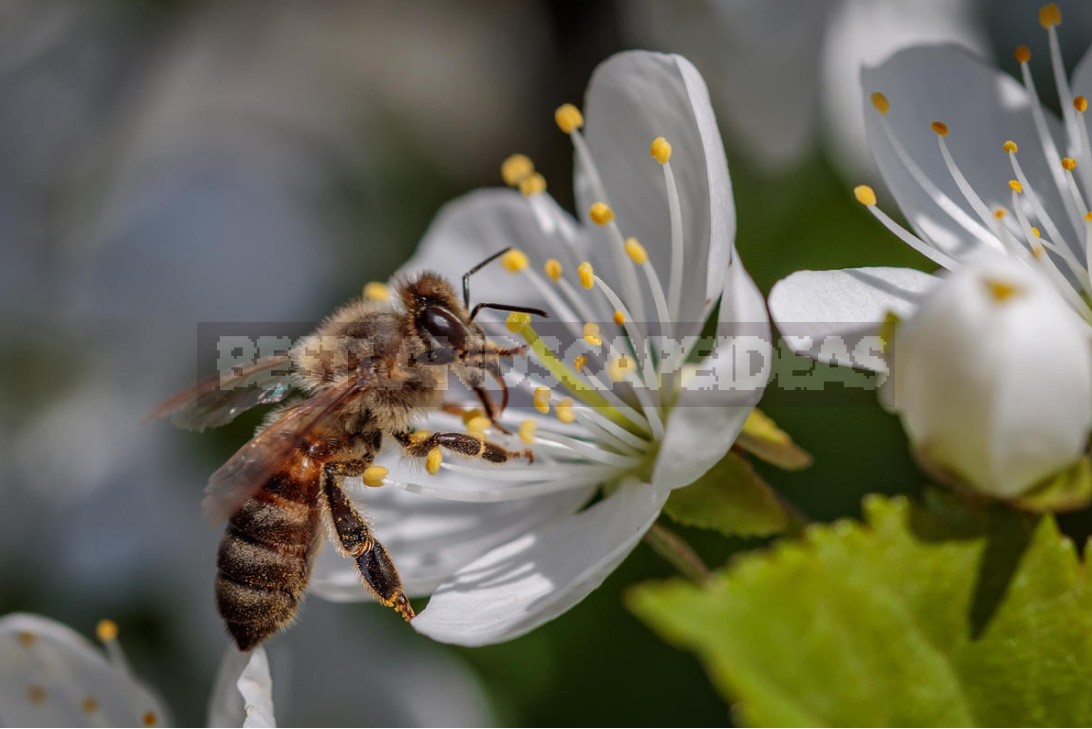
Usually, two or three treatments are performed at intervals of 1-2 weeks, alternating drugs. In the instructions, the processing time is always specified in the form of phenophases — year by year is not necessary, so it is simply unrealistic to specify the exact dates of processing.
To facilitate the work, in most cases, you can prepare a tank mixture, that is, mix two or more drugs and perform processing on the principle of “two in one” or even “several in one”. So you can combine treatment against pests and diseases with foliar feeding. The tank mixture should be homogeneous. Stratification and precipitation are not allowed. Some drugs absolutely can not be mixed, there is information about this in the instructions.
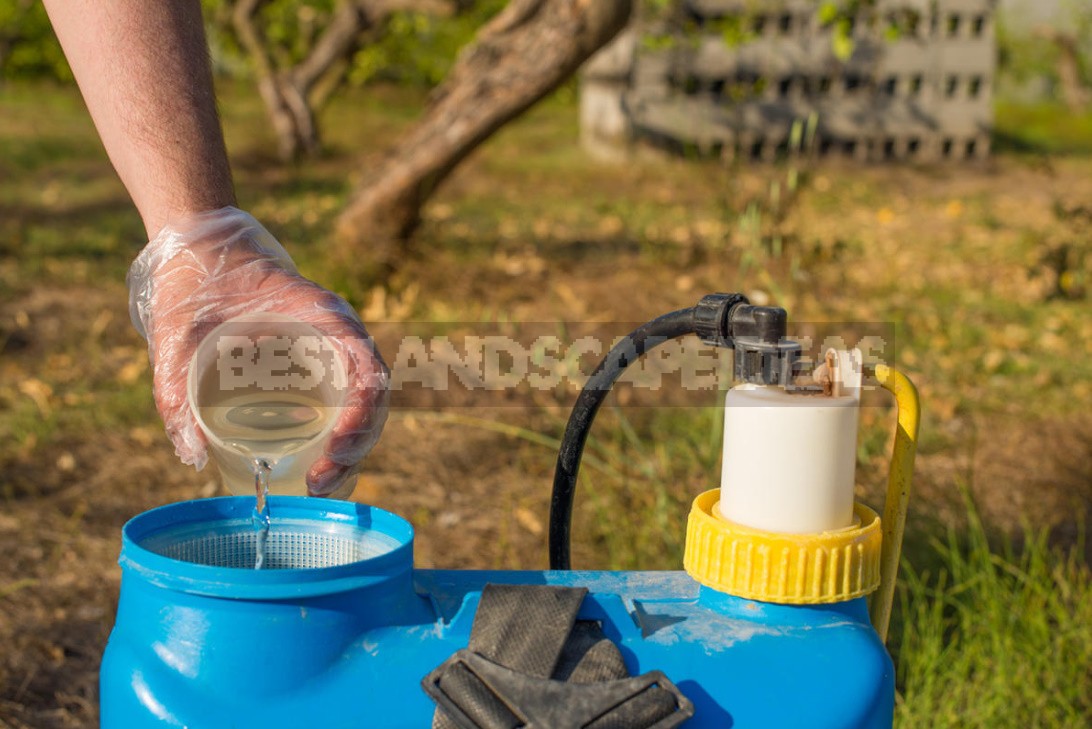
Security measures
Even if the packaging is marked “bio” (unfortunately, this word can sometimes be a purely marketing move), do not neglect the standard safety measures:
- when treating with any medications use a mask or respirator to protect your face and respiratory organs;
- do not smoke, eat or drink while working, and then wash your face and hands thoroughly with soap (preferably take a shower) and wash your clothes (by the way, they should cover your body as much as possible);
- it is forbidden to use food containers for working with drugs, and in many cases you can not use metal containers to avoid a chemical reaction;
- during and after processing, do not allow children and Pets in the garden (the instructions indicate how many days).

What is important to remember
Remember about a very important factor-the waiting period specified in the instructions. This is the time during which the processed parts of plants can not be consumed.
In most cases, it is 21 days, but some funds — 40 or more. Such preparations are better not to process from mid-spring crops that ripen early, such as Lonicera. It Matures in June. During the filling of the crop, it is not necessary to spray nearby growing trees, so that the funds do not fall on its berries.
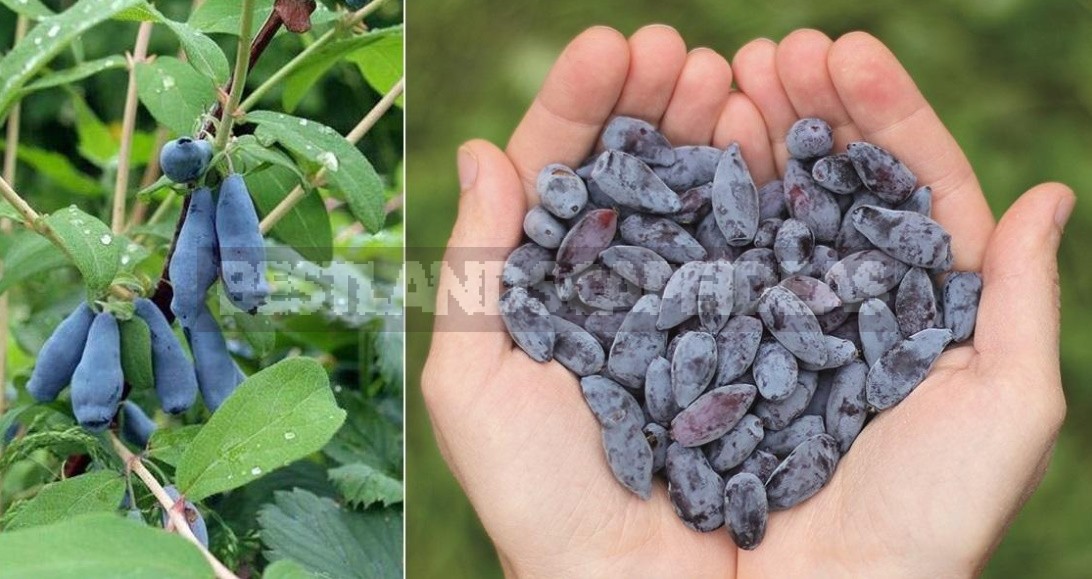
The very first — in mid — June-ripen early Lonicera. At the end of the first summer month, the berries of varieties of medium maturity ripen.

Always remember that there are fewer diseases and pests in a well-kept garden: plants have better immunity, and it is much easier for you to notice the damage and take timely measures when you are in the habit of paying maximum attention to fruit trees and berry bushes.
